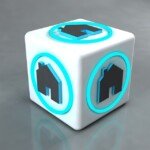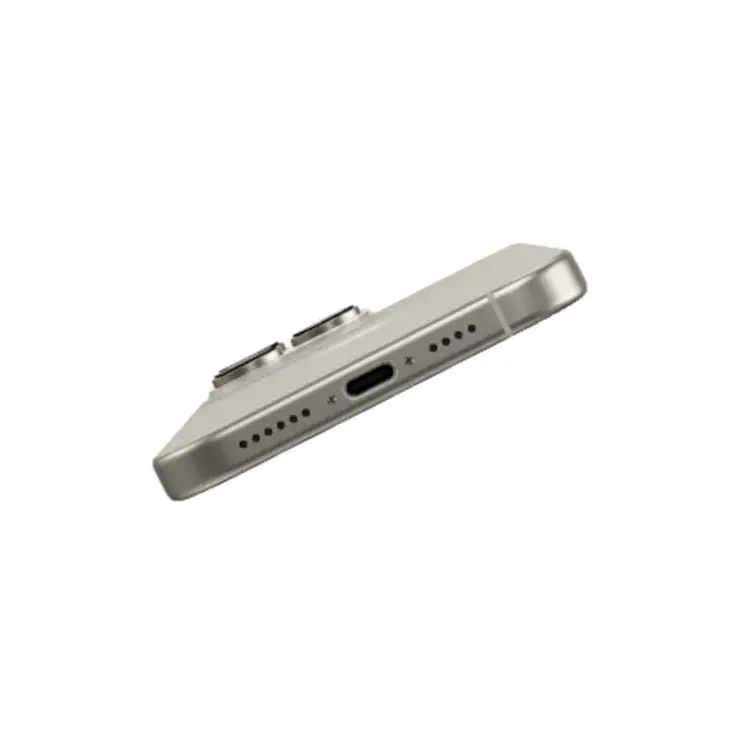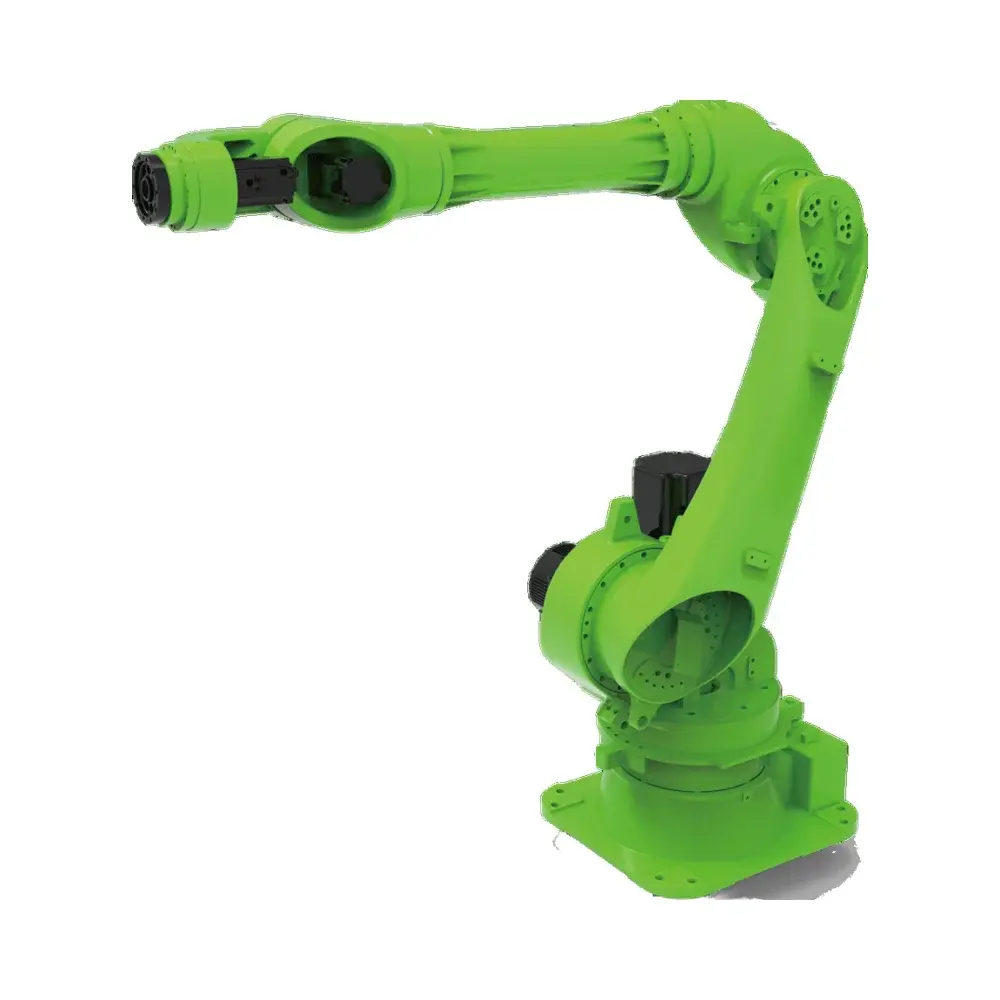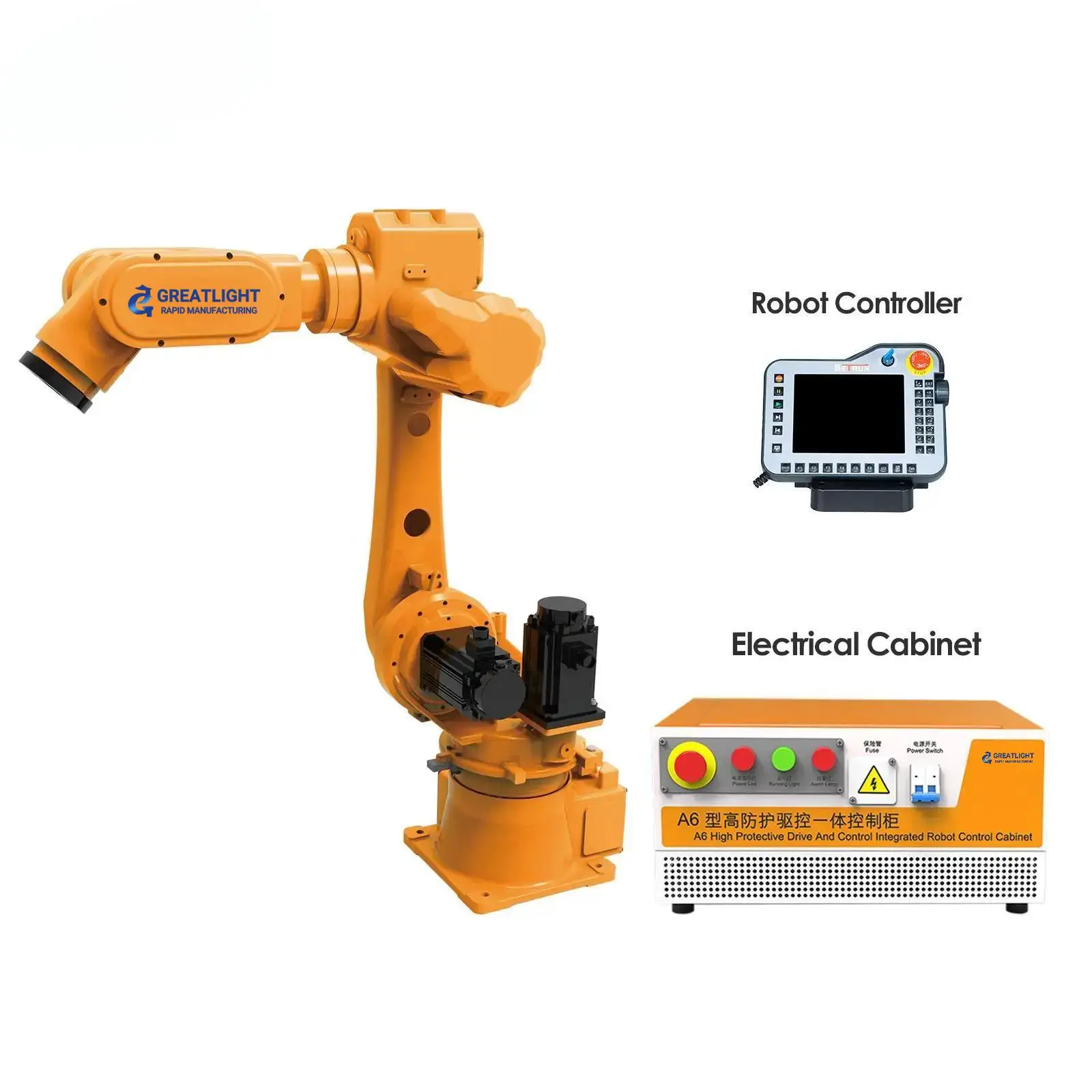Benchtop CNC Milling Demystified: Your Comprehensive Buyer’s Guide (And When to Choose the Pro)
The appeal of creating precise, complex parts on the bench is undeniable. Benchtop CNC mills bring industrial-grade manufacturing capabilities to hobbyists, educators, and prototyping professionals. But navigating the market can be daunting. This guide gives you the knowledge to make informed purchasing decisions and explores how to scale up to offer professional services such as Glow Precision Machinerybecomes a smarter move.
Get to know the world of desktop CNC milling
At the heart of CNC milling is a computer-controlled rotating tool (end mill) that removes material from a workpiece along multiple axes to create a pre-programmed shape. Tabletop models are scaled-down versions of industrial giants that offer impressive functionality in a compact footprint and are suitable for materials such as plastic, wood, soft metals (brass, aluminum), and even raw metals such as acrylics and composite panels.
Key considerations when purchasing a desktop CNC:
- Scope of work: Measure twice, buy once! Sure Maximum part size What you actually plan to produce (length x width x height in millimeters or inches). Make sure the machine fits comfortably within these dimensions as well as tool clearance and fixture space. Don’t forget about vertical clearance (Z-axis) for deep pockets or tall knives.
- Frame stiffness: This is the most important thing. rigidity Directly affects accuracy, surface finish and achievable material removal rates. Find machines built with the following components Thick aluminum castings, chromed steel rods, support railsand sturdy construction. avoid excess "crumbling" or resonant frame, especially when milling metal. Vibration can cause chatter and undesirable results.
- Drive and precision:
- Lead screw and ball screw: Lead screws are more common in economical machines, but have the following problems rebound (the gap between the screw and nut), reducing accuracy. ball screw Precision is significantly improved, minimizing gaps, resulting in smoother motion and finer resolution – crucial for metal processing. (Note: Some sizes/countries are subject to export controls).
- Resolution and repeatability: Know the difference. solve is the minimum number of steps for the machine able Theoretical movement (e.g. 0.001mm). Repeatability how consistently Return to the same point after movement (such as ±0.02mm). Look for good repeatability specs – resolution is often only theoretical.
- Spindle power and speed:
- strength: Measured in watts or horsepower. 250W-500W The spindle handles soft wood/plastic adequately. 800W-1.2kW Significantly better for aluminum and harder woods. Higher power allows for larger tools and deeper cuts without getting bogged down.
- Speed range: Measured in RPM (revolutions per minute). Variable speed control (10,000-24,000 RPM is common) is critical. Different materials and tool diameters require specific speed ranges for optimal cutting and tool life. looking for Is it a chuck system? (ER11, ER16) allows for easy and precise tool holding.
- Control system and software:
- Controller: This is "brain." A standalone controller (requires PC for file transfer) offers reliability advantages. It is very common to run controller software (eg Mach3, GRBL, RichAuto) on a laptop via USB connection. EtherCAT or other real-time industrial protocols exist on high-end desktops.
- CAD/CAM integration: You will need CAD software to design the part and CAM software to generate the tool paths (
G-code). Make sure the machine’s controller supports industry-standard G-code. Consider software compatibility and learning curve. Fusion 360 (and its integrated CAD/CAM) is popular, but there are subtle differences in licensing.
- Axis configuration: Most desktop computers are 3 axis (X, Y, Z). fourth axis The rotary add-on significantly expands the possibilities for cylindrical machining (engraved bottles, spiral grooves) but requires compatible CAM strategies and setup skills.
- Material Compatibility: Be realistic. And desktop able Machine metal, performance is very different compared to professional machines. Cutting steel requires exceptional stiffness and power, often pushing the limits of the desktop significantly. Aluminum is the best choice for many people who require good rigidity, correct speeds/feeds, and strong workholding.
- Workpiece clamping: Securing the workpiece is critical. T-slots, vises and clamps that are compatible with your machine size are essential. Invest in quality – poor fixtures can cause parts to move and break.
- Safety and environment: Milling creates chips, dust and noise. consider:
- Dust removal: Essential for the health and maintenance of machine components. Routers are dustier than dedicated spindle mills.
- Coolant/Mist System: Very useful when cutting metal to control heat and extend tool life, although messy and requires sealing. Usually improvised on the table.
- shell: Helps control chips, dampen noise and improve safety. Usually sold individually or DIY.
- Budget and intended use:
- Hobbyists (Plastic/Wood): A $500-3000 machine is enough.
- Serious Prototyping/Aluminum: For a powerful machine with rigid and ball screws, expect $3000-$8000+.
- Really small production: Carefully evaluate cycle times and machine life. A desktop may not be affordable or cost-effective.
When Your Projects Just Don’t Meet Desktop Demands: Transition to Professional 5-Axis Precision
Benchtop CNC mills are great tools, but they have inherent limitations:
- Material range: Steel, titanium, composite alloys are often impractical or impossible.
- Precision and Tight Tolerances: Achieve less than 0.05 mm (<0.002") Maintaining consistent tolerances on a tabletop under cutting forces is challenging.
- Complex geometric shapes: True simultaneous 5-axis functionality (allowing undercuts and complex curves without repositioning) is rare on desktops and requires an extremely high level of skill.
- Surface finish: Professional machines produce industrial-grade surface finishes straight from the factory.
- Throughput and volume: Desktop machines are slow for high volumes and require constant attention from the operator.
- Durability: Continuous production wears out tabletop components faster.
This is where working with experts like Glow Precision Machinery Co., Ltd. becomes strategically important:
Hualite has advanced Five-axis CNC machining center and deep expertise in production technology. We go beyond the limitations of desktop machining:
- True 5-axis mastering: Machine complex organic shapes, complex contours and deep cavities in a single setup, eliminating repositioning-related errors and significantly improving accuracy. The design freedom is unparalleled.
- Industrial Rigidity and Power: Heavy machines cope with tough times Metal (Stainless Steel, Titanium, Inconel, Hardened Alloys) with ease, providing reliable accuracy and surface finish not possible on desktop machines. Achieve tolerances down to microns.
- Material Agnosticism: Almost any workable metal or engineering plastic can be processed efficiently and professionally.
- Can be produced on a large scale: From single prototype validation to mid-volume production, our dedicated production lines ensure consistent quality and competitive costs as volume scales.
- Comprehensive post-processing: We offer streamlined One-stop organization: Precision grinding, heat treating, anodizing, electroplating, painting, laser etching – turn your machined parts into ready-to-use finished products. Quality control is built in.
Conclusion: Enhance your creative abilities
A desktop CNC mill is a powerful tool that unleashes creativity and functional prototyping for individuals and small businesses. Careful consideration of your needs for materials, precision, complexity, volume and budget is key to selecting the right machine.
However, when your project requires harder metals, complex 5-axis geometries, consistent high-volume production, tight tolerances, or specialized finishing, investing in your own tabletop can become inefficient. Partners Glow Precision Machinery Provide direct access Advanced five-axis manufacturing capabilitiesdeep material expertise, strict quality control and comprehensive post-processing solutions. We efficiently and reliably transform complex designs into precision metal realities.
Ready to take your precision parts manufacturing beyond your desktop capabilities? Let GreatLight’s expertise handle the heavy lifting. Customize your precision parts at the best prices with guaranteed quality and technical support. [Contact GreatLight Today to Get a Quote].
FAQ: Demystifying Benchtop CNC and Professional Services
-
Q: Can a desktop CNC mill really cut metal (such as aluminum)?
- one: Yes, many benchtop mills able Aluminum can be machined to a certain extent provided they have sufficient rigidity, power (ideally 800W+), a good ball screw (not lead screw), and the operator uses the correct machining techniques (speeds, feeds, toolpaths, workpiece clamping). However, speeds, material removal rates, achievable surface finishes and consistent accuracy will be significantly lower than professional machines. Steel is extremely challenging and generally not recommended for anything but light engraving or very small components on the sturdiest desktops.
-
Q: I need a steel prototype with a tolerance of +-0.05mm. Can a desktop CNC handle this?
- one: Achieve consistent ±0.05mm (0.002") tolerances for steel on a desktop CNC mill are highly unlikely and impractical. The forces involved in cutting steel require industrial levels of rigidity and spindle power that desktop machines lack. Deflection, vibration and tool wear can quickly push tolerances out of specification. For steel prototypes that require precision, a professional machining service like GreatLight is a reliable, efficient solution.
-
Q: How important is a ball screw compared to a lead screw?
- one: Crucial, especially for precision machining and metals. Lead screws inherently have backlash (play) that leads to idle motion, misalignment, poor surface finish, and difficulty maintaining tight tolerances. Ball screws virtually eliminate backlash, providing greater accuracy, smoother motion and better repeatability. They’re key metrics for a serious desktop.
-
Q: What are the advantages of a 5-axis CNC (like the one offered by GreatLight) compared to a 3-axis desktop?
- one: Five-axis machines add rotary motion to the linear X, Y, and Z axes (usually the A and B axes). This allows:
- Machining complex 3D contours single setting (No relocation required).
- Reach undercuts and features that are inaccessible from a single direction.
- Use shorter tools (increased rigidity, less vibration, better finish).
- Efficiently create highly organic and complex geometric shapes.
- essential: Aerospace components, complex housings, impellers, medical implants, molds, sculptures. This is a huge leap beyond 3-axis functionality.
- one: Five-axis machines add rotary motion to the linear X, Y, and Z axes (usually the A and B axes). This allows:
-
Q: When did it become more cost effective to outsource to a store like GreatLight instead of buying/using a desktop?
- one: Outsourcing usually wins when:
- Your material is hard (steel, titanium) or complex to machine on a tabletop.
- you need to complex shapes True 5-axis machining is required.
- Tight tolerances (usually always below ±0.05mm). your batch size Add more than a few pieces – Continuous benchtop machine operation can be slow and require a large number of operators. you need to Professional surface treatment or specialized Post-processing (anodizing, electroplating, heat treatment). * you lack time or expertise Optimize processes for challenging parts on the table. Outsourcing leverages economies of scale, expertise, and industrial equipment to achieve superior results and often reduces the overall cost per part beyond prototyping.
- one: Outsourcing usually wins when:
-
Question: Why is there so much emphasis on frame rigidity?
- one: The cutting force is very high. Flexible frames deflect (bend and vibrate) under load. This deflection results in:
- Inaccurate: The tool is not where the program thinks it is.
- Poor surface finish: Visible chatter marks and ripples.
- Broken tool: Excessive vibration stress can damage cutting tools.
- Limited capabilities: Forcing you to take shallower, less efficient cuts, slowing down production. Iron or large aluminum castings provide the necessary damping and stiffness.
- one: The cutting force is very high. Flexible frames deflect (bend and vibrate) under load. This deflection results in:
- Q: What kind of post-processing does GreatLight offer?
- one: As a full-service precision machining provider, GreatLight handles end-to-end finishing. Services typically include: deburring, precision grinding (surface, OD/ID), heat treatment (annealing, hardening), electroplating (chromium, nickel, zinc), anodizing (Type II and III/hardcoat), painting (powder coating, wet paint), laser engraving/marking and comprehensive quality inspection (CMM, professional measuring). This ensures that parts arrive ready for assembly or final use.









































